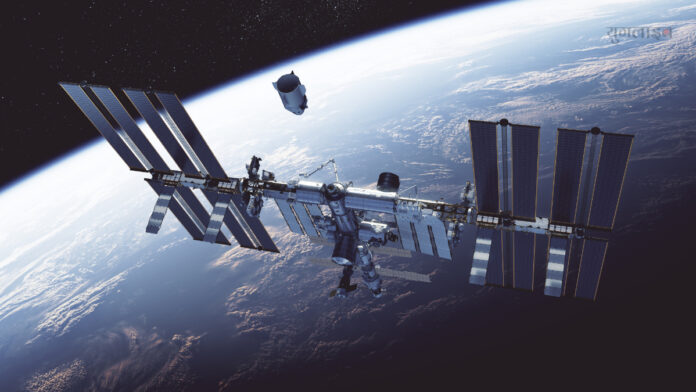In a significant milestone for India’s space program, the Indian Space Research Organisation (ISRO) successfully launched its Space Docking Experiment (SpaDeX) mission on Monday, positioning the nation to join an exclusive group of countries mastering space-docking technology.
OpenAI’s O3 Model Devours 5 Gas Tanks Worth of Energy Per Task
ISRO’s SpaDeX Mission Key Highlights
- Two 220-kg satellites launched via PSLV-C60 from Sriharikota
- Successful placement in 475-km circular orbit
- Docking attempt scheduled for January 7, 2025
- Only US, Russia, and China currently possess this technology
The mission commenced at 10 PM from the first launchpad at Sriharikota, with both satellites successfully deployed within 15.2 minutes of launch. ISRO Chairman S Somanath confirmed that the satellites will maintain a strategic distance of approximately 20km before attempting the crucial docking maneuver.
Why ISRO’s SpaDeX Mission is important?
The successful completion of this mission will mark a crucial milestone for:
- Future Chandrayaan-4 operations
- Development of the Bhartiya Antriksh Station (BAS)
- Advanced space exploration capabilities
POEM Innovation Hub
The mission’s secondary component, the PSLV Orbital Experimental Module (POEM), carried 24 cutting-edge payloads including:
- India’s first astrobiology experiments
- Microbiological studies on gut bacteria
- Plant growth experiments in microgravity
- Advanced robotic arm for space debris capture
- Inter-satellite communication systems
Private Sector Participation
Several startups and educational institutions contributed innovative payloads:
- PierSight: Varuna satellite for maritime surveillance
- Manastu and Bellatrix Aerospace: Green propulsion technologies
- GalaxEye: SAR signal processing demonstration
- TakeMe2Space: Nanosatellite subsystems testing
Experts Say on Mission?
M Sankaran, director of UR Rao Satellite Centre (URSC), explained that the “chaser” and “target” spacecraft will execute precisely choreographed maneuvers during the docking attempt, representing a significant technological achievement for India’s space program.
This mission positions India at the forefront of space technology, with successful space-docking capabilities essential for future space station operations and advanced exploration missions. The integration of private sector innovation and educational institutions’ research demonstrates India’s comprehensive approach to space development.
How Google Makes More Money from Windows than Microsoft ?




